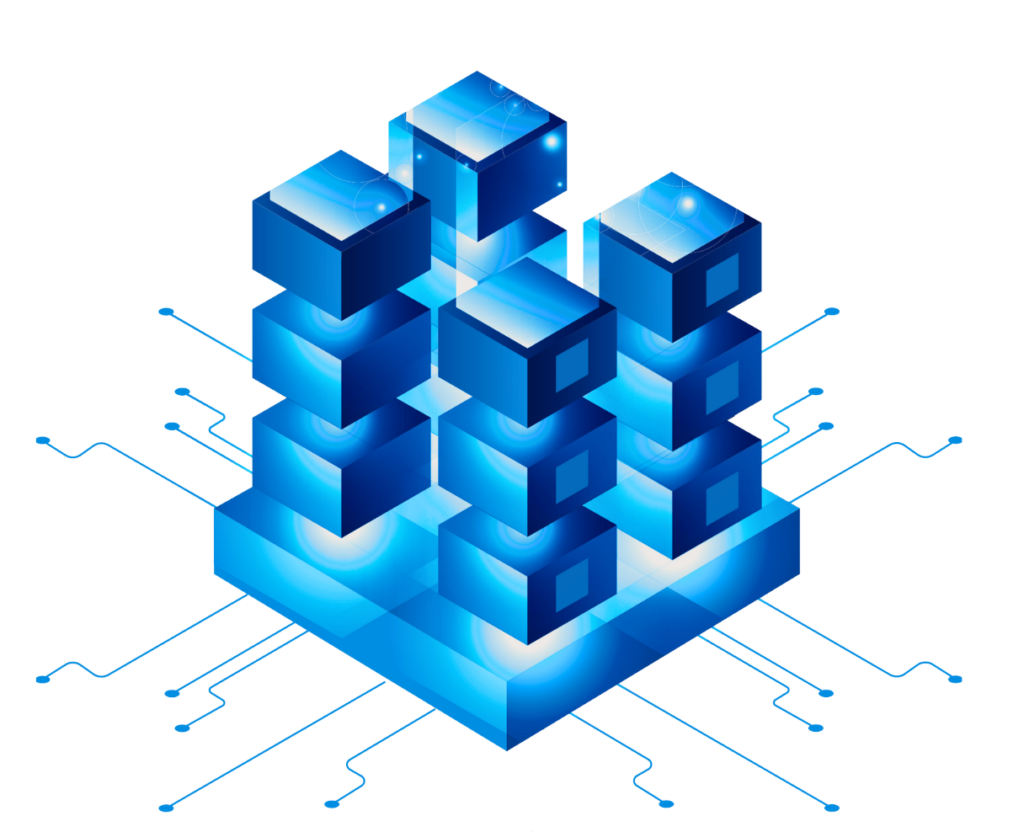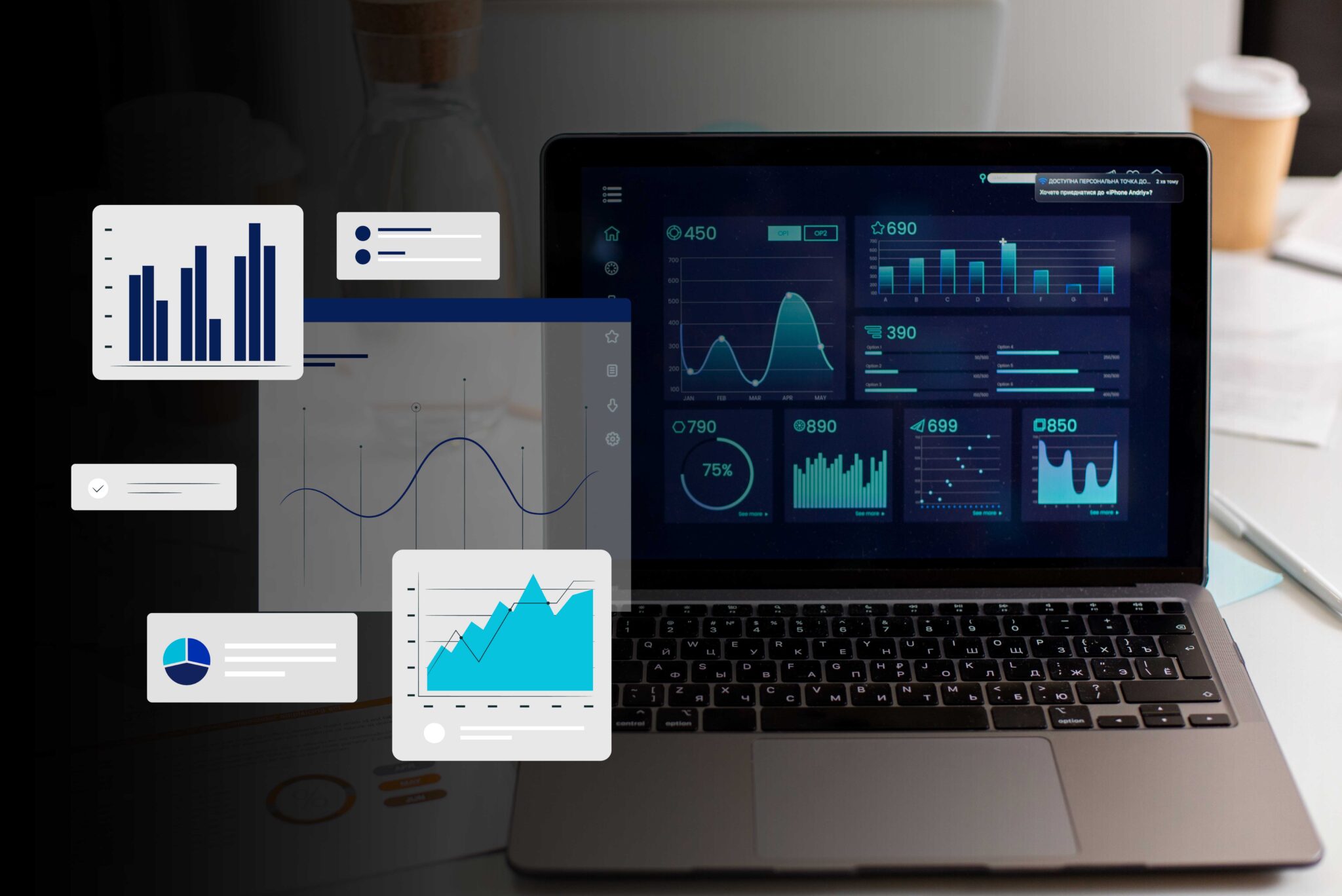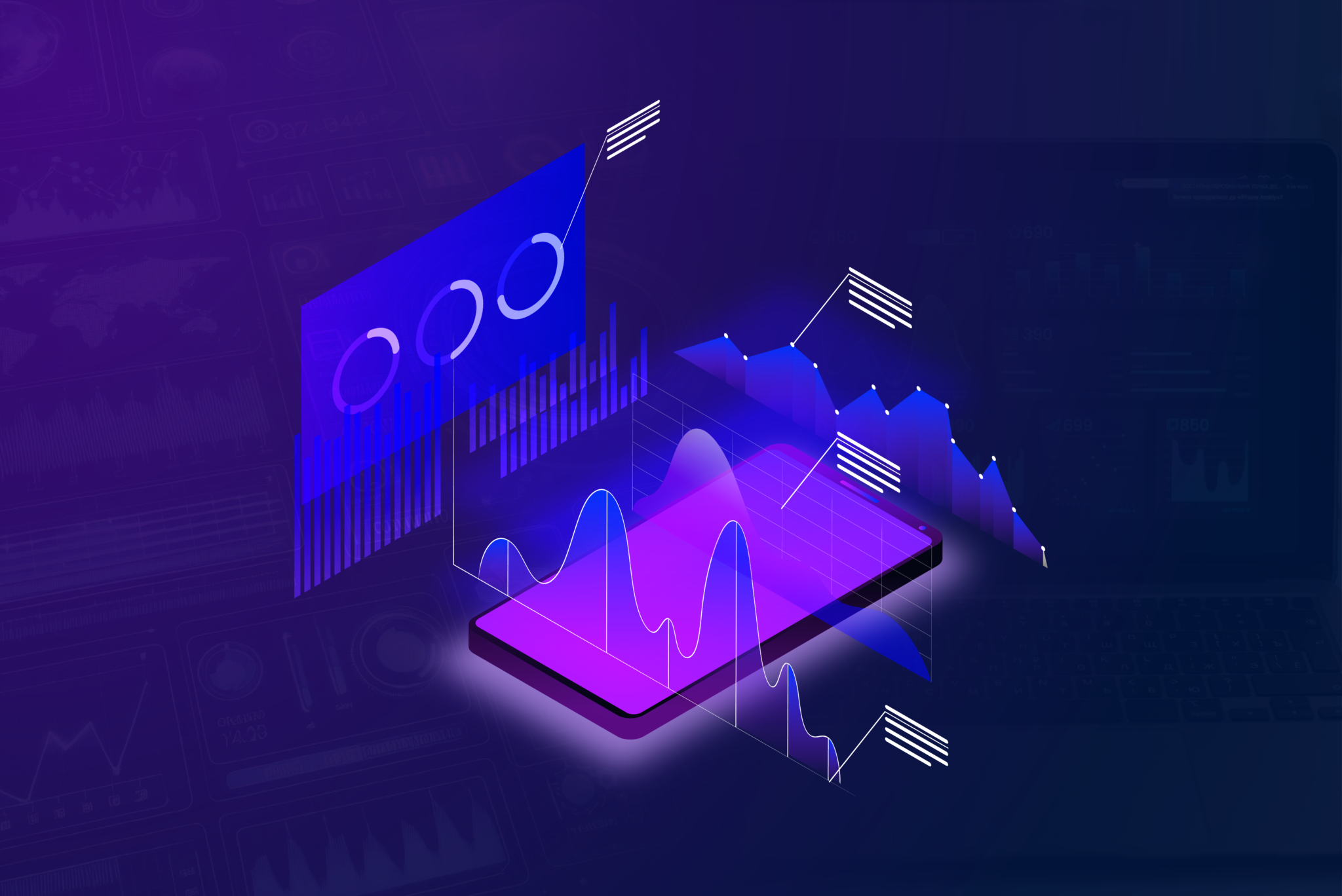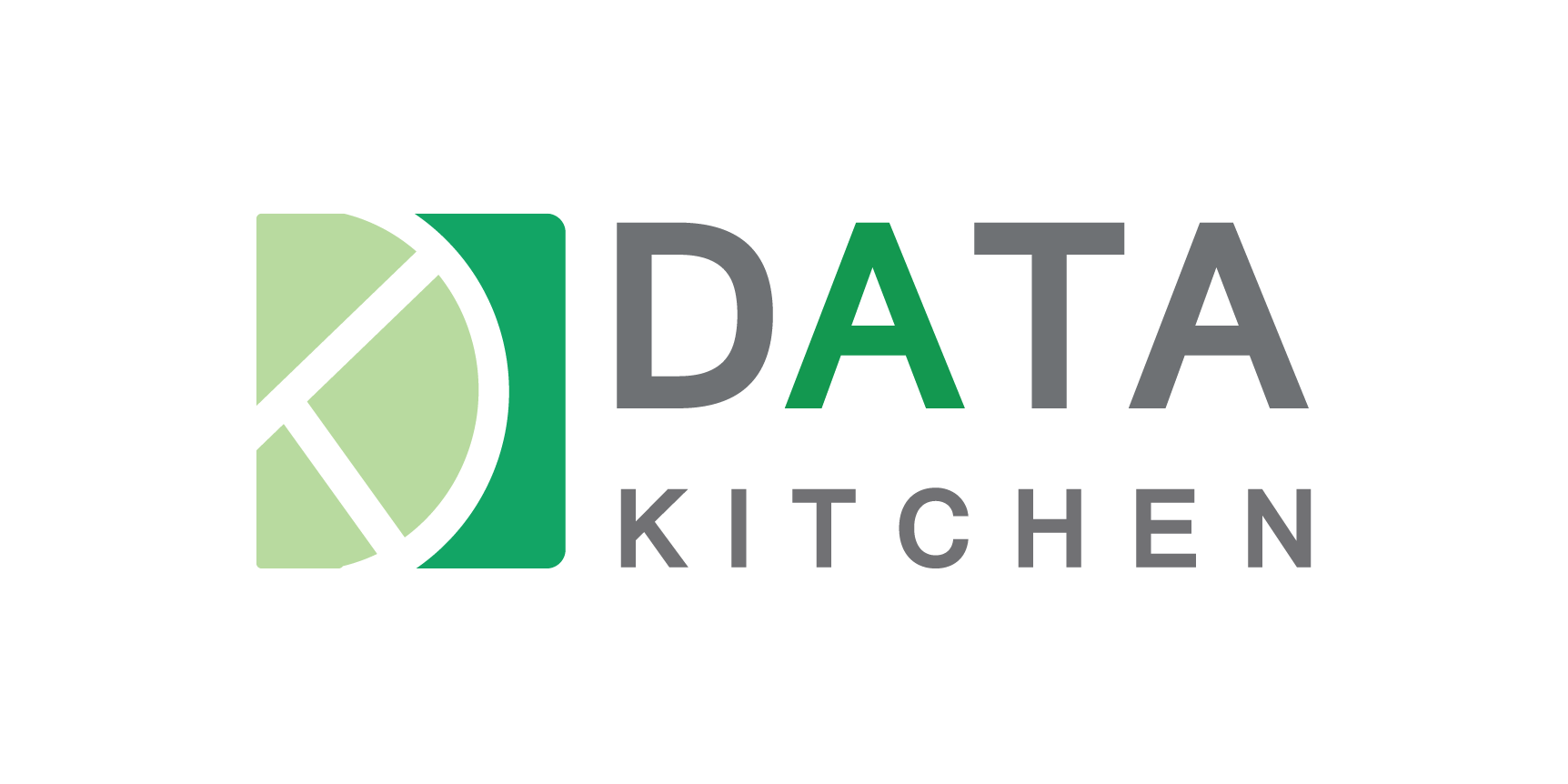Databricks
Welcome to our Databricks platform services, where we empower organizations with their data and drive AI-driven insights. Databricks is a unified analytics platform that enables data engineering, data science, and business analytics on a collaborative and scalable platform.

Our Databricks services
Complere Infosystem provides the opportunities it presents—enhanced decision-making capabilities, improved customer experiences, and the ability to innovate more rapidly—make it a worthwhile endeavor for any data-driven organization.
We have over 200 data experts onboard and over 30 data projects in our portfolio.
Databricks Implementation and Optimization
We specialize in deploying and fine-tuning Databricks for your specific needs. Our experts team confgure, set up data pipelines, and optimize performance. Think of it as building a high-performance engine for your data analytics and machine learning tasks.
Data Lake Architecture and Governance
Our team designs robust data lake architectures using Databricks. We ensure data quality, security, and compliance. Imagine constructing a well-organized warehouse where your data resides, accessible and well-protected.
Advanced Analytics and ML Models
Leveraging Databricks, we create sophisticated analytics pipelines. From exploratory data analysis to training machine learning models, we make your business decisions. It’s like having a crystal ball that predicts trends and guides your strategy.
Collaborative Data Science Workspaces
Picture a collaborative playground where data engineers, data scientists, and analysts work together. We set up Databricks workspaces, enabling seamless collaboration. It’s akin to a shared canvas where insights emerge through teamwork.
How can you benefit from Databricks?
Accelerated Innovation
-
By unifying data and AI workflows, Databricks accelerates the development and deployment of data-driven solutions, driving innovation within organizations.
Cost-Efficient Scalability
-
Databricks optimizes resource usage, providing cost-effective scalability as data volumes and processing demands grow.
Data Democratization
-
Enable data access and analytics for all team members, regardless of their technical background, fostering a data-driven culture within the organization.
Enhanced Collaboration
-
Promote collaboration between data engineers, data scientists, and business analysts, breaking down silos and improving productivity and creativity.

How it Works
01. Unified Analytics Platform
-
Seamless Integration: Databricks integrates with various data sources and tools, enabling seamless data ingestion, processing, and analysis workflows without the need for complex integrations.
-
Collaborative Environment: The platform provides a collaborative environment where data engineers, data scientists, and analysts can work together on shared projects, Main features like shared notebooks, version control, and real-time collaboration.
03. Collaboration and Productivity Features
- Interactive Notebooks: Databricks provides interactive notebooks where users can write and execute code, visualize results, and annotate findings, fostering collaboration and knowledge sharing among team members.
-
Version Control and Integration: The platform supports version control for notebooks and code, as well as seamless integration with popular development tools like Git, enabling efficient code management and streamlined development workflows.
02. Apache Spark at its Core
-
Scalable Data Processing: Databricks leverages Apache Spark's distributed computing framework to perform scalable and parallel data processing tasks across large datasets, enabling high-performance analytics and machine learning.
-
Rich Ecosystem: With Apache Spark as its core engine, Databricks benefits from a rich ecosystem of libraries and frameworks for data processing, including Spark SQL, MLlib, GraphX, and Spark Streaming, allowing users to tackle diverse data processing challenges.
04. Automated Infrastructure Management
-
Resource Provisioning and Scaling: Databricks automates the provisioning and scaling of computational resources based on workload demands, ensuring optimal performance and resource utilization without manual intervention.
-
Built-in Security and Compliance: The platform offers built-in security features such as role-based access control (RBAC), encryption, and compliance controls, ensuring data privacy, security, and regulatory compliance across the data lifecycle.
01. Strategy
- Clarification of the stakeholders’ vision and objectives
- Reviewing the environment and existing systems
- Measuring current capability and scalability
- Creating a risk management framework.
02. Discovery phase
- Defining client’s business needs
- Analysis of existing reports and ML models
- Review and documentation of existing data sources, and existing data connectors
- Estimation of the budget for the project and team composition.
- Data quality analysis
- Detailed analysis of metrics
- Logical design of data warehouse
- Logical design of ETL architecture
- Proposing several solutions with different tech stacks
- Building a prototype.
03. Development
- Physical design of databases and schemas
- Integration of data sources
- Development of ETL routines
- Data profiling
- Loading historical data into data warehouse
- Implementing data quality checks
- Data automation tuning
- Achieving DWH stability.
04. Ongoing support
- Fixing issues within the SLA
- Lowering storage and processing costs
- Small enhancement
- Supervision of systems
- Ongoing cost optimization
- Product support and fault elimination.



























